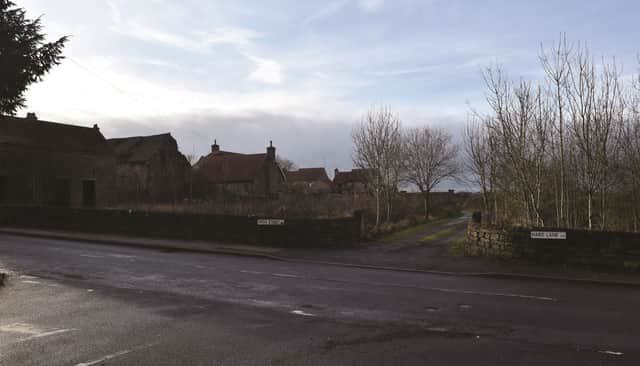New housing plan gets green light despite ‘bribery’ allegation


DEVELOPERS bidding to build more than 40 new homes on village “scrubland” were accused of trying to bribe residents by agreeing to invest £116,000 into school and public transport provision.
An application for 43 homes off Union Street in Harthill was discussed by Rotherham Council planning board on Thursday before being given the green light.
Conditions imposed include guaranteeing 11 affordable homes on the site, £22,500 towards “sustainable travel encouragement” and £94,537.50 towards teaching at Wales High School, while the applicant has also agreed to provide a playground to the north of the site.
But a letter from a Harthill resident read to the meeting said the village and roads could not cope with current traffic, and “certainly would not be able to cope with 43 more houses and the increased volume of traffic”, adding: “Offering money to schools is nothing more than a bribe to try and reduce the level of resistance to this unnecessary development…given the lack of facilities in Harthill, further expansion is not considered sustainable.
“I urge all planning officers to reject this development and save the village from being ruined by unwanted developments.”
The plans had been brought to the board because of 13 objections being filed, although planning documents indicated there was support in the village for the redevelopment of a site long considered an eyesore.
Developers Loxley Homes originally wanted to demolish all structures on site and build 51 homes, but “extensively amended” the plans following discussions with officers, and agreed to retain the 18th century Georgian farmhouse.
Emma Lancaster, on behalf of the applicant, said Newett Homes had taken over the application in February this year and intended to “deliver early next year”.
She added: “The proposals also exceed policy requirements in relation to open space creating high quality recreation space for the benefit of both new and existing residents of the area.”
Chris Wilkins, senior development officer for RMBC, told the meeting that most of the buildings at the site, which had been built in the 1990s and never completed, would not be up to building control standards today.
“It’s becoming a bit of an eyesore as you come into the village, and I think most people are looking forward to seeing the site redeveloped,” added Mr Wilkins.
Planning documents described the current state of the site as “low-quality scrubland and many derelict buildings which surround a central inhabited dwelling”.
Objections included concerns that infrastructure and services could be “overwhelmed” by so many new homes, that construction traffic could cause “potentially dangerous disruption” as it would have to use narrow village roads, and impact on the green belt.